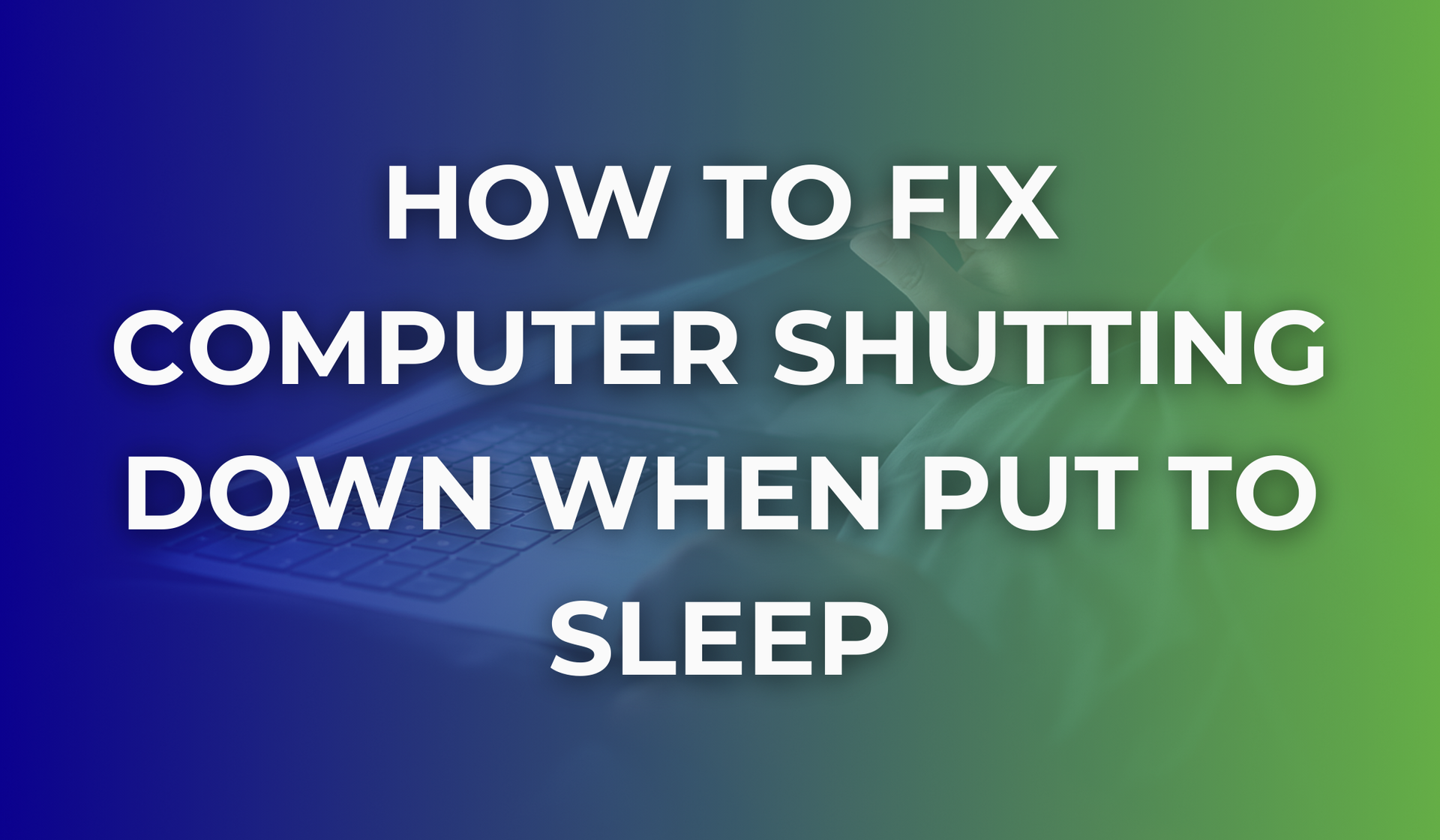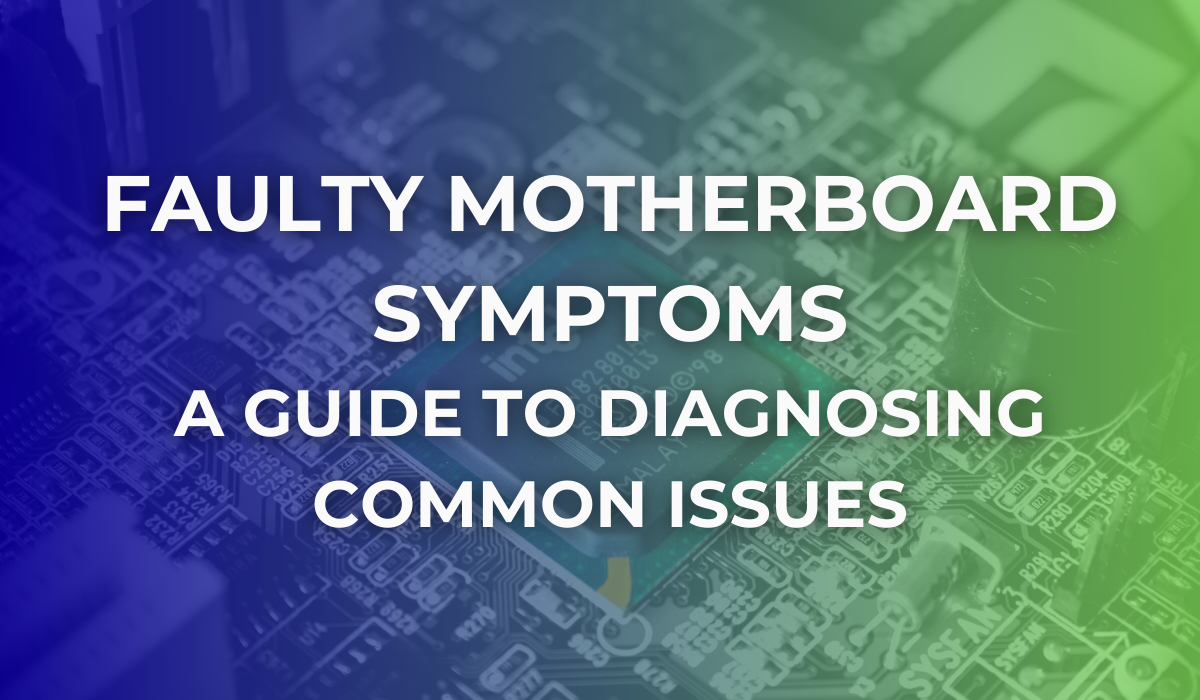How To Fix a MacBook That Will Not Boot Up
Is your MacBook not turning on? Many users face issues like blank screens or spinning wheels, but the good news is that these issues happen more often than you might think.
Before worrying about costly repairs, try some simple troubleshooting steps at home. These easy solutions get your MacBook working again.
At PC ReFix, we deal with many MacBook problems each day, including startup issues and software errors. This guide will help you easily troubleshoot problems with your MacBook. You can fix issues with just a few clicks and resets.
Practical Steps to Fix a MacBook That will not Boot Up
Here are some practical steps that you can fix a MacBook that will not boot up:
Step 1: Test the Charging Cable and Power Source
First, check for power issues. Sometimes, the problem is as simple as a dead battery or faulty charger.
According to a recent survey, 30% of MacBook users reported having battery issues. This shows that charging issues are common, but they are usually easy to fix with some basic checks.
If your MacBook Pro won't power on at all, the power source or the charger may be the reason for this problem.
How to Test the Charging Cable and Power Source:
- Check the Charger: Ensure the charger is securely plugged into your MacBook and the wall socket.
- Test the Cable: Use the charger with a different device, or use another charger if you have one.
- Try a Different Power Source: Plug the charger into a different outlet or room to check for any electrical issues.
Here is a complete tutorial of how you can fix your MacBook charger if it is not working properly:
The body content of your post goes here. To edit this text, click on it and delete this default text and start typing your own or paste your own from a different source.
Step 2: Force Restart Your MacBook
Sometimes, your MacBook may freeze during startup or get stuck in a boot loop. A hard reset can force it to restart.
How to Perform a Hard Reset:
- Hold down the power button for at least 10 seconds. This will fully turn off your MacBook.
- After it shuts down, wait for a few moments.
- Then, press the power button again to turn it back on.
Why It Helps: A hard reset clears temporary errors that might prevent the MacBook from starting. It is an instant and easy step to try before looking at more complex solutions.
Step 3: Boot in Safe Mode to Detect Issues
If your MacBook is having trouble starting up, try using Safe Mode to help find software issues.
What is Safe Mode?
Safe Mode starts your computer with only the essential files and turns off third-party apps. This makes it easier to spot any software conflicts.
How to Boot into Safe Mode:
- Turn off your MacBook.
- Turn it back on and immediately press and hold the Shift key.
- Release the Shift key when you see the login window.
What to Look for: If your MacBook starts up in Safe Mode without any issues, a third-party app or service is likely causing the problem. You can remove recently added apps or update your software to fix any compatibility issues. Learn more about booting up your Mac into Safe Mode here.
Step 4: Reset NVRAM/PRAM to Clear Configurations
Non-volatile random-access memory (NVRAM) and parameter RAM (PRAM) stock up necessary settings used when your MacBook may not boot up correctly.
What is NVRAM and PRAM?
NVRAM and PRAM save settings such as display resolution, speaker volume, and the startup disk selection. Restoring these settings can help fix issues caused by damaged configuration
How to Reset NVRAM/PRAM:
- Turn off your MacBook.
- Turn it on and quickly press and hold the Option + Command + P + R keys.
- Keep holding the keys for about 20 seconds, then release them.
- Your MacBook will restart.
Why It Helps: Resetting NVRAM and PRAM can solve boot problems caused by wrong settings or a corrupted startup configuration.
Step 5: Use Disk Utility to Check and Repair the Disk
If your MacBook will not start, there may be a problem with the hard drive or the startup disk. Using Disk Utility to fix the disk can help.
What is Disk Utility?
Disk Utility is a built-in app that checks your disk for problems and can fix issues that stop your MacBook from starting correctly.
How to Run Disk Utility:
- To use Disk Utility, restart your MacBook and quickly press and hold Command + R to enter Recovery Mode.
- In Recovery Mode, select Disk Utility from the options menu.
- Choose your startup disk, usually named “Macintosh HD,” and click First Aid.
- Follow the on-screen instructions to repair the disk.
What to do if Disk Utility finds Errors: If Disk Utility finds problems it cannot fix, there may be a serious issue with the disk, like damaged sectors or corrupted files. You should reinstall macOS or get help from a professional repair service.
As a visual example, we will show you how you can repair a Mac Disk with disk utility.
Step 6: Reinstall macOS to Replace Corrupted Files
If the earlier steps do not work, you might need to reinstall macOS. This will replace any damaged system files while keeping your data safe.
How to Reinstall macOS:
- To start, reboot your MacBook and enter Recovery Mode by pressing Command + R.
- Next, select Reinstall macOS from the available options.
- Follow the prompts on the screen to complete the reinstallation.
Possible Risks: Reinstalling macOS is generally safe, but it is a good idea to back up your data first. Without a backup, you could risk losing your data during the process.
Step 7: Reach Out to Professionals for Hardware Assistance
If the solutions mentioned earlier do not solve the problem, you may need to contact a professional or specialist. Hardware issues, like a faulty motherboard, a broken battery, or a defective hard drive, often require professional repair.
Experienced technicians can accurately identify the issue and perform repairs that are beyond what you can do yourself.
In the End
Troubleshooting a MacBook that will not turn on can often be solved with a few resets and checks, but sometimes the issue runs deeper. If you have tried the steps above and your MacBook still refuses to power up, it may point to hardware faults such as a failing battery, logic board, or hard drive.
That is where professional support makes the difference. Contact PC ReFix today, your local MacBook and PC Repair Specialists in Colchester. We diagnose and repair MacBook problems every day. Whether your device needs a new part, a clean installation of macOS, or full hardware servicing, our technicians can get it back to peak performance quickly and reliably!



